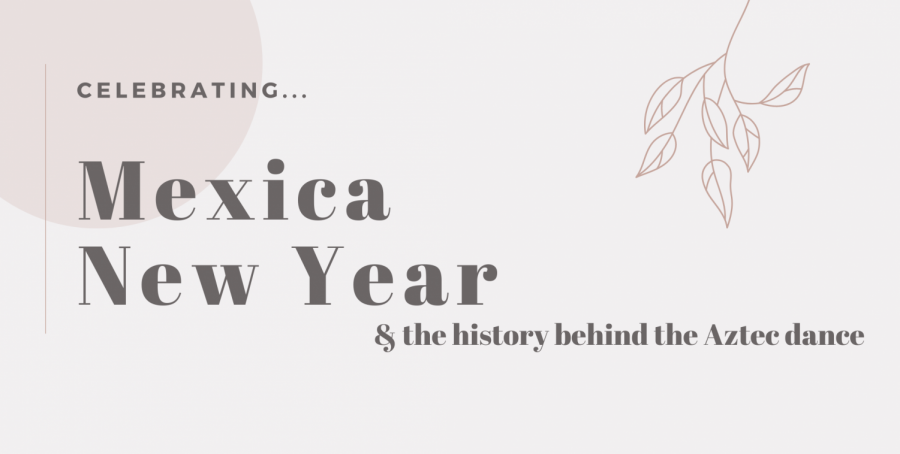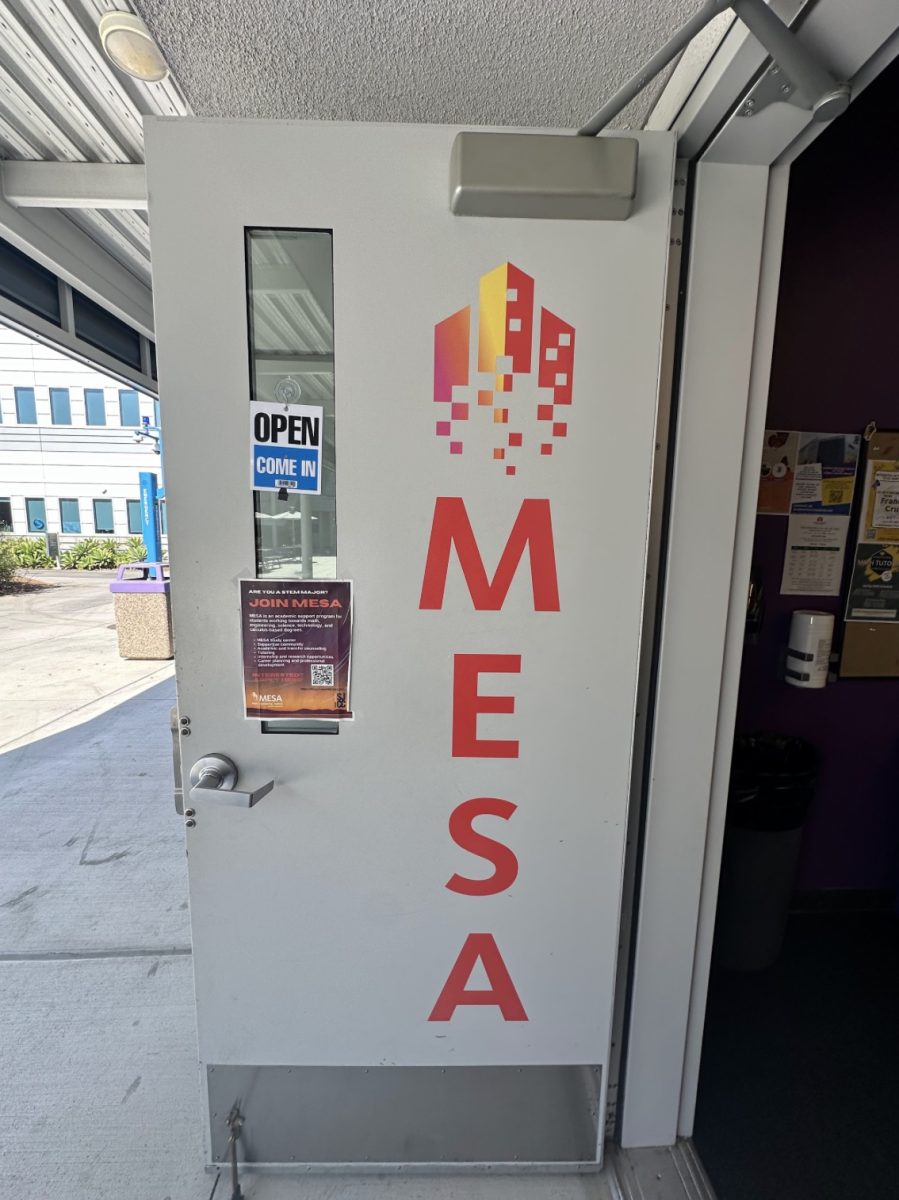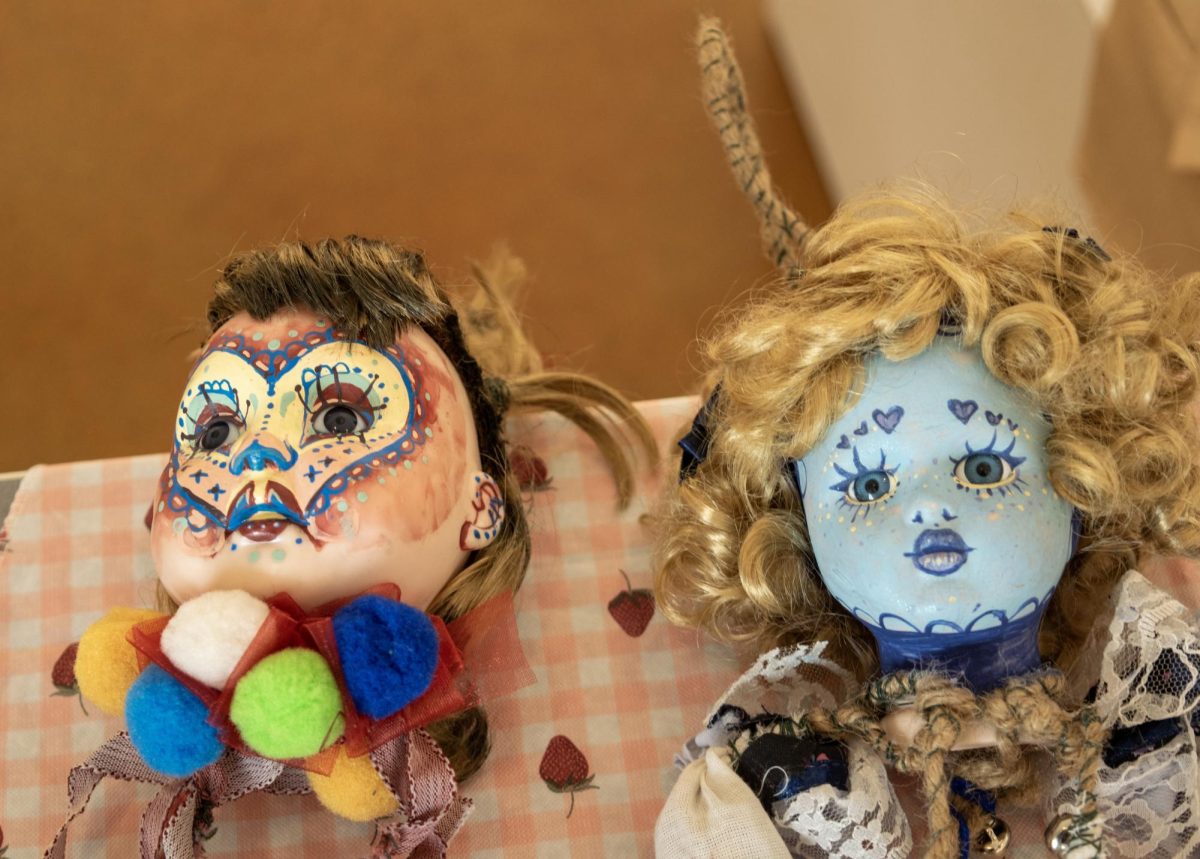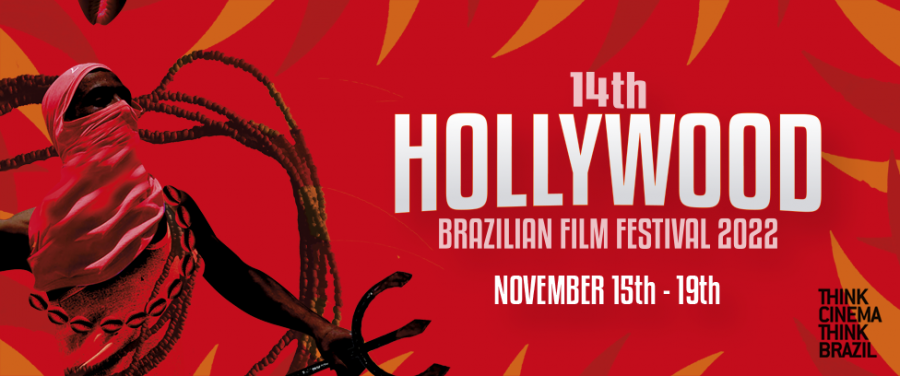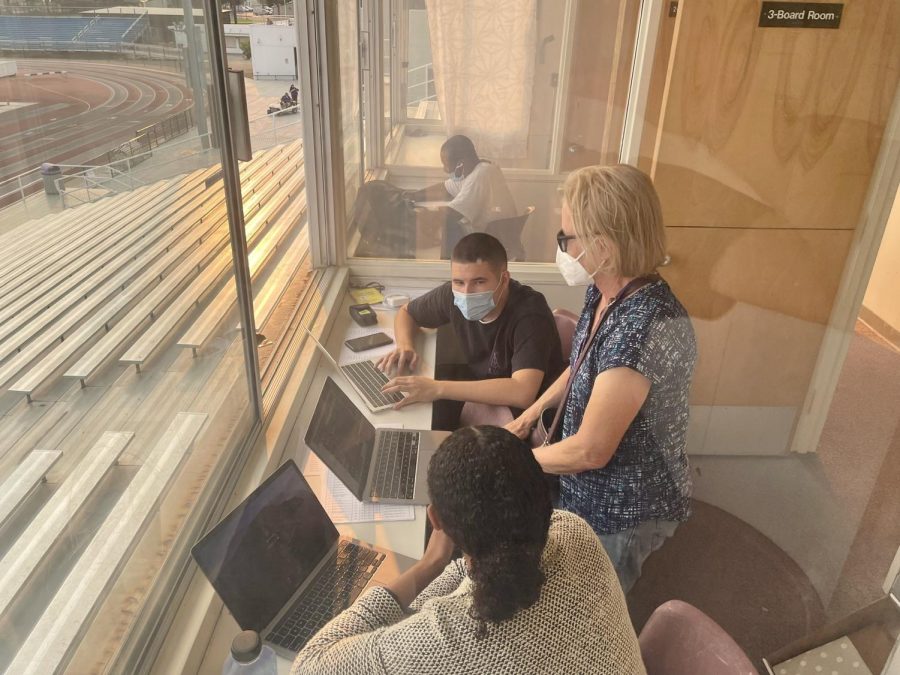Danza, a Mexica tradition done by dancing and movement of the body, has been deep within the Indigneous culture of Latin America to celebrate the Mexica New Year.
The tradition of Danza is still kept alive, but has a new meaning to the sacred ritual.
The Culture Trip, a global tech startup that explores the world’s culture, reported that, “The dance itself is enthralling and genuinely entertaining; it’s overflowing with life, percussion-heavy beats and filled with religious significance to boot.”
Dr. Jennie Luna, a professor at CSU Channel Islands, said that throughout the years of colonization, the Indigenous people were labeled as Indians because of how they called themselves “En Dios.” This translates to God’s children and is pronounced as “indios,” later on leading to the word “Indians,” she said.
The first steps of colonization of the Indigenous people was to destroy their relationship to the land, the earth and their ceremonies. For the current decolonization is to reconnect to the earth, land and the ceremonies like Danza.
“The art of Danza is a sign of decolonial significance,” said Dr. Jennie Luna.
Danza is now done in spirit for the ancestors who created Danza, who were killed by the colonizers and conquistadors. It is done to mark the survival of the Indigneous people as a method of showing revolution.
It takes on new forms of spirituality by decolonizing the ways of food, gender, body and politics, thus marking new forms of communalism.
The art of Danza was celebrated each new year according to the many different calendars used in the Indigenous world, such as Civic, Ceremonial, Agricultural and Lunar calendars.
These calendars have their own different ways of showing days and have different days.
The Xiuhpohualli calendar would refer to a group of 20 days as a “bundle,” it had 18 bundles of 20 days, which is 300 days. This calendar used is the closest one to the standard Gregorian calendar we have today.
Within the Xiuhpohualli calendar there is a term called Nemontemi, which means, “they fill the void,” which is a bundle of 5 days and leads to the Xiuhpohualli to be a full 365 days.
“These topics will take hours and hours on end to fully learn it all,” said Dr. Ernesto Colin, a professor at Loyola Marymount University.
The Mexica New Year has recently passed this last week. Indigenous people celebrated with Danza celebrating their community, ancestors, generosity, respect, healing vs resentment and growth.

